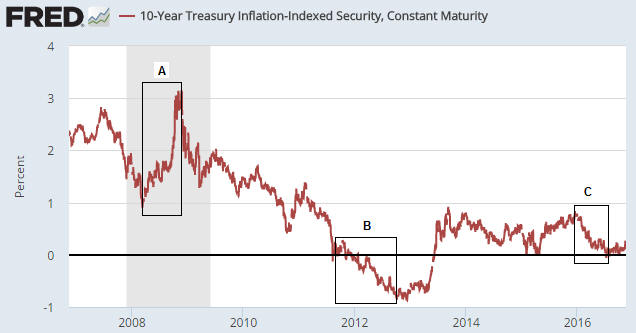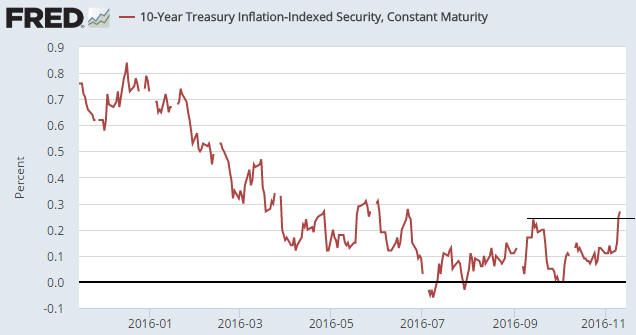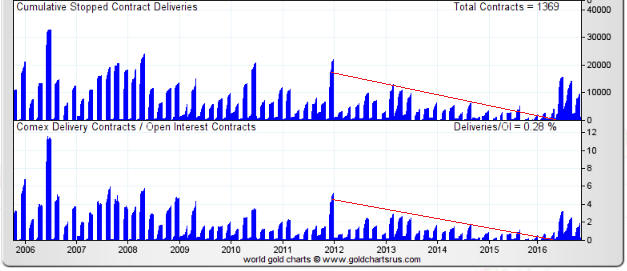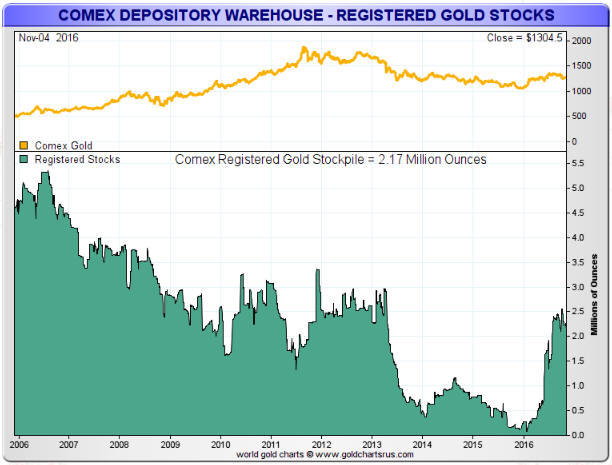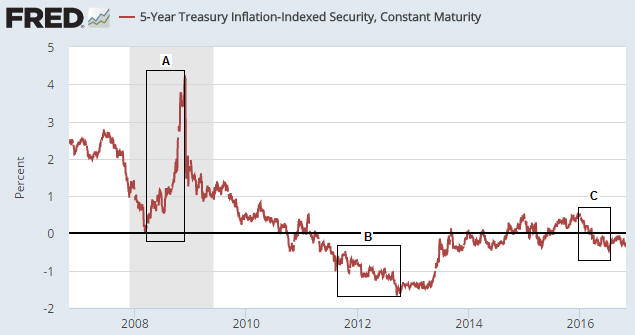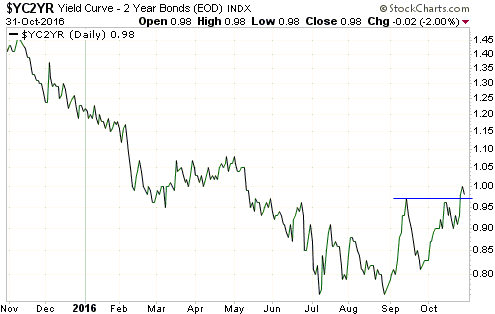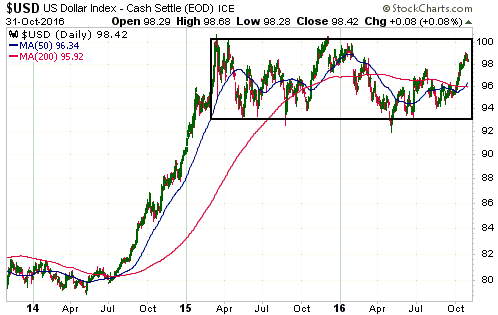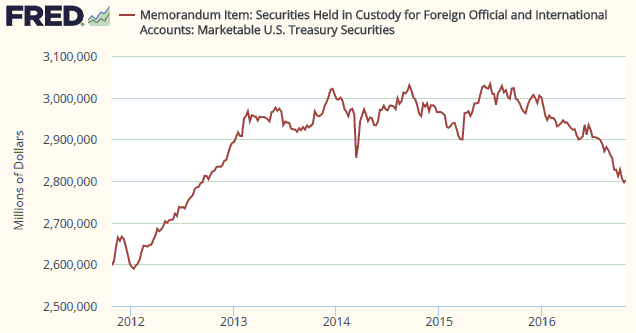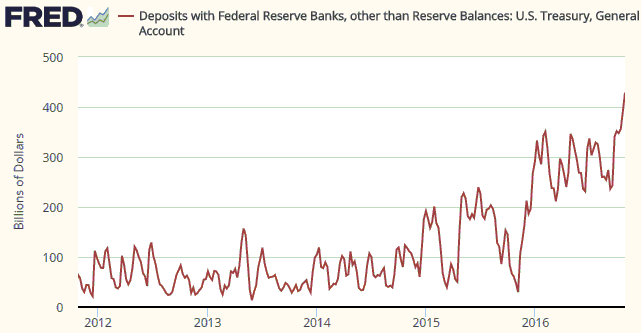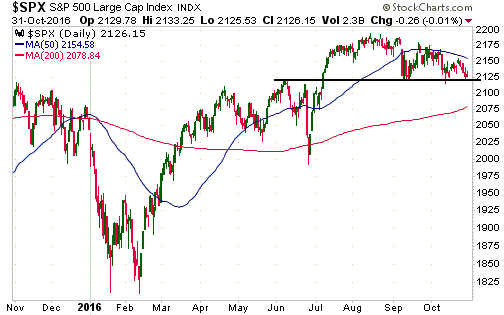A modern economy typically involves millions of individuals making decisions about consumption, production and investment based on a myriad of personal preferences. It should be obvious that such a ‘system’ could never be properly described by any mathematical equation, let alone a simple one-line equation. And yet, many economists and other commentators on economics-related matters base their analyses on simple equations.
One of the most popular of these simple equations is also one of the most misleading. I’m referring to the following GDP formula:
GDP = C + I + G + X – Z, where C is consumer expenditure, I is investment, G is government expenditure, X is exports, and Z is imports.
This equation has numerous problems, beginning with the fact that GDP, itself, is a fatally-flawed measure of economic performance in that it treats a dollar of counter-productive spending as if it were just as good as a dollar of productive spending. In essence, it measures activity without considering whether the activity adds to or subtracts from total wealth. But rather than dealing with all of this equation’s problems, I’ll zoom in on its implication that an economy can be boosted via an increase in government spending (G). This implication is not only wrong, it’s dangerous.
Government spending involves taking (stealing or borrowing) money that would have been used by the private sector and then directing the money towards politically-motivated, as opposed to economically-motivated, uses.
Even if we put aside the most basic problems with the GDP concept and the above equation, there’s no good reason to believe that an increase in G will lead to an increase in GDP. This is because C, I and G are not independent variables. In particular, since the government obtains all of its resources from the private sector it is reasonable to expect that an increase in G would lead to an offsetting reduction in C+I. Furthermore, this reasonable expectation is supported by historical data, which reveal a long-term inverse correlation between government-spending growth and GDP growth.
Moving on, another of the most popular of the economics profession’s simple equations is also misleading. I’m referring to the famous equation of exchange, which can be expressed as M*V = P*Q where M is the money supply, V is the velocity of money, Q is the total quantity of transactions in the economy and P is the average price per transaction.
There are numerous problems with this equation, starting with the fact that it says nothing other than the total monetary value of all transactions in the economy equals the total monetary value of all transactions in the economy. In other words, it’s a tautology. As such, it provides no useful information.
In this tautological equation, V (velocity) is nothing more than a fudge factor that makes one side equal to the other side. V doesn’t exist outside of this equation, meaning that it has no relationship to the real world.
In the real world there is money supply and there is money demand. There is no “money velocity”. It makes no more sense to talk about the velocity of money than it does to talk about the velocity of gold or the velocity of bonds or the velocity of bananas or the velocity of houses.
Some of the people who talk about “money velocity” as if it were a genuine economic driver probably mean “money demand”, in which case they should say “money demand”. Money demand is certainly both real and important, but it can’t be calculated via a simple equation.
For more on the Equation of Exchange and the irrelevance of Money Velocity, please refer to my June-2015 blog post on the topic.
In conclusion, when a piece of analysis treats equations such as the ones mentioned above as if they were realistic models of how the economy works, at a superficial level it can make the analysis seem more scientific. However, it actually makes the analysis less scientific.
Using mathematical models that don’t reflect reality is part of why the economics profession has such a dismal track record and is generally held in low regard.
 Print This Post
Print This Post


